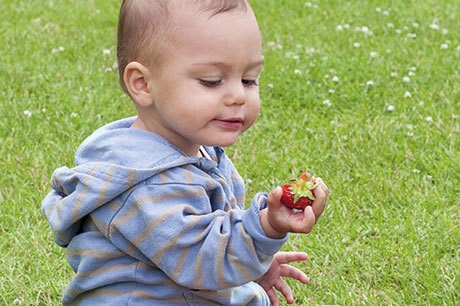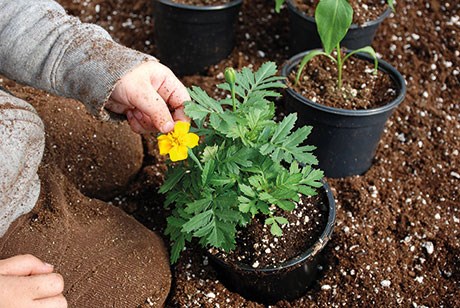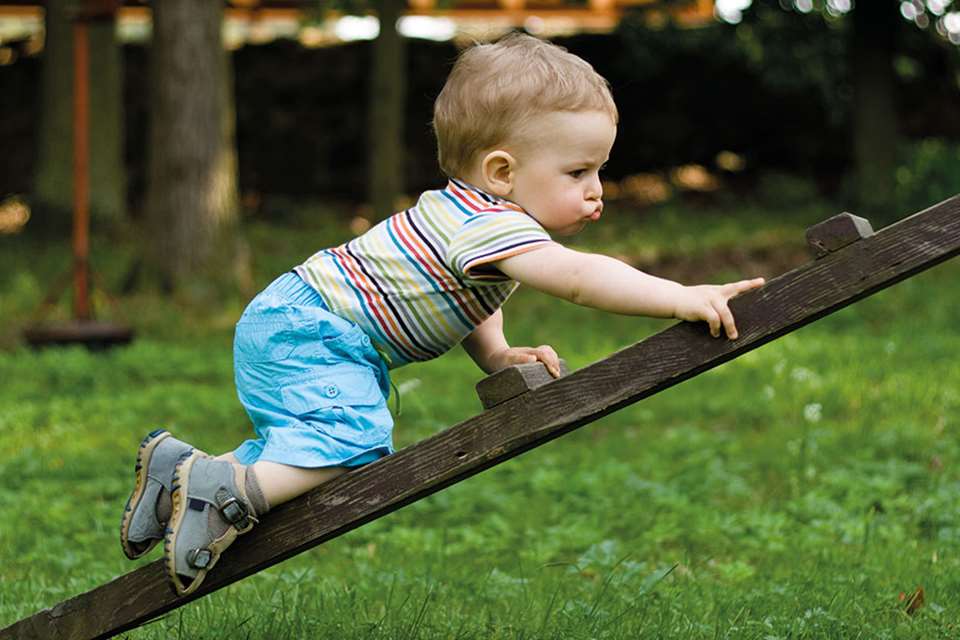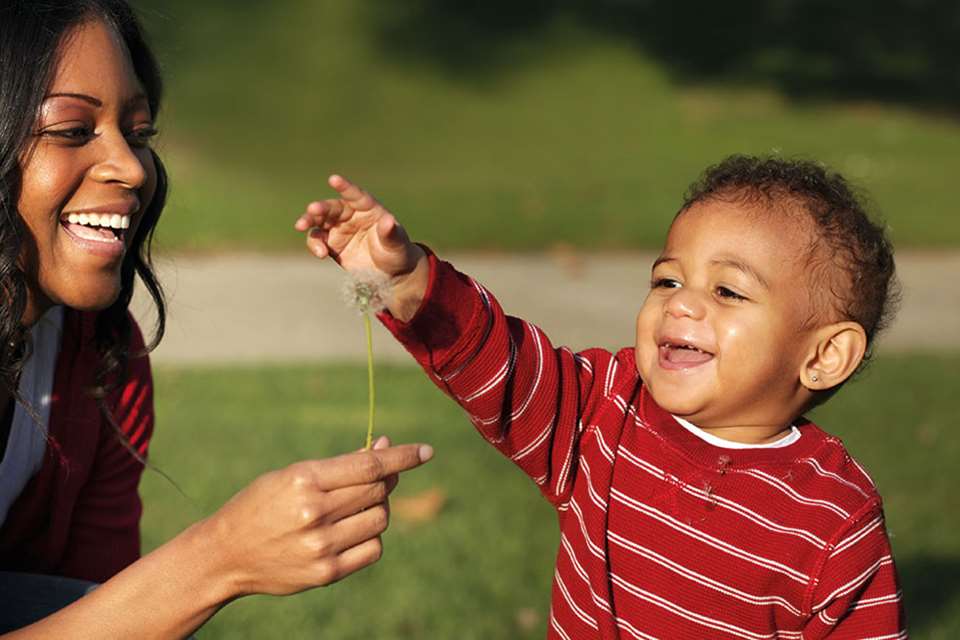Home Learning: A parent's guide to… time
Juliet Robertson
Monday, October 30, 2017
How to give your children a sense of time. Juliet Robertson begins a new series

Children need lots of experiences and conversations to acquire a well-developed sense of time. It is an abstract concept that is much more than being able to read a clock face. Without understanding time, children can experience frustration or anxiety as they may not understand why certain events are not happening immediately or how long they have to wait for something to occur.
CHILD DEVELOPMENT
As adults, our job is to make time more apparent and relevant to children, so:
Use practical ways of seeing time pass
Using an old-fashioned egg-timer, where children can see the sand passing through it, has more meaning to children than looking at a digital clock when waiting for one or two minutes to pass. The egg-timer can be useful for taking turns or showing how long they will have to wait before getting ready to go out.
Provide pictures that show sequences of time
Stick photos that indicate breakfast, going to nursery, play time, bath time, story and bed time around a clock face. This helps children understand what happens, when. It is also useful for developing routines and sticking to them. While digital clocks are increasingly the norm, young children see how the hands move on a clock face and make the links between seconds, minutes and hours.
Sing and listen to songs within daily routines
Songs can help children develop an understanding of how long an activity should take. For example, sing the same nursery rhyme when washing hands after going to the toilet. Or you can let your child choose a favourite tune and tidy up together while it is being played.
Talk about and record longer periods of time
Advent calendars are helpful for counting down to Christmas. The same approach can be applied to other religious, cultural or family events. Use a calendar to mark off the days and talk about how many are left before the big day. A photo album of your child is a lovely talking point as they can see how they have grown and changed over the months and years. Remember to ensure that the sequence of photos is accurate.
Experience seasonal changes
Going for weekly walks or visits to a familiar park, wood or natural spaces helps children develop their concept of the seasons and how they change. Invite your child to take a photo each time you go, and create a special photo album. Gardening is also good for children to witness slow changes, especially when they can harvest and eat fruit and vegetables or enjoy seeing their special flower grow week on week.
VOCABULARY OF TIME
Using the following words as you talk with your child will help develop their understanding of time. Remember to ensure that they know that some words have the same meaning, such as ‘midday’ and ‘noon’:
After, afternoon, almost, analogue, before, clock, date, day, digital, evening, fast, forever, hour, how long, later, midday, midnight, minute, moment, month, morning, nearly, never, next, night, noon, now, quickly, season, second, slow, soon, sunrise, sunset, then, week, year.
Also refer to the days of the week, months of the year and seasons.
TIME ACTIVITIES
On the buses
Going for a bus ride is a great way of helping your child to understand more about time.
Buy an off-peak day pass and see how long it takes to get to different places.
Help your child identify key landmarks on the journey.
Let them choose which bus stops to hop on and off.
Remember to check the timetable at each bus stop to decide where to go next.
Show your child your watch or the time on your phone. Talk about how long you will have to wait – perhaps the next bus will come soon, later, or ‘it’s not long now’.
Play simple timing games while waiting for the bus, such as running on the spot for 10 seconds or estimating how long it takes for a chosen car to drive by.
Other examples
Play Pooh sticks. Drop sticks into a river or stream on one side of a bridge and time how long each one takes before emerging on the other side of the bridge.
Blow on a dandelion clock. Look out for seed heads in spring time, and if it takes four puffs to blow off all the seeds, then it is four o’clock!
Watch the sun set and sun rise. In the winter months, this can happen without the need for late nights or early rises. Remember to wear lots of warm clothes, and bring a warm drink and food to eat. Find a place with a good view nearby.
Show children how to measure time. Most mobile phones and tablets have a stopwatch and countdown feature. A fun challenge can be to try counting to 10 and seeing if you can take exactly 10 seconds to do this.
Look inside old-fashioned clocks. Many show the cogs and pendulums that make the clock work. Find out how the clock is wound up to keep going. Bake a cake with your child and show them how to set the timer to let you know how long the cake needs to be in the oven.
STORY TIME
Books, songs and rhymes are useful for talking about time with your child, reinforcing the sequences of the days of the week and months of the year and discussing the seasons.
Examples include:
The Very Hungry Caterpillar by Eric Carle
The Bad-Tempered Ladybird by Eric Carle
What’s the Time, Spot? by Eric Hill
What’s the Time, Mr Wolf? by Debi Gliori
A Second is a Hiccup by Hazel Hutchins
Clocks and More Clocks by Pat Hutchins
Juliet Robertson is author of Messy Maths: A Playful, Outdoor Approach for Early Years (Crown House Publishing).









